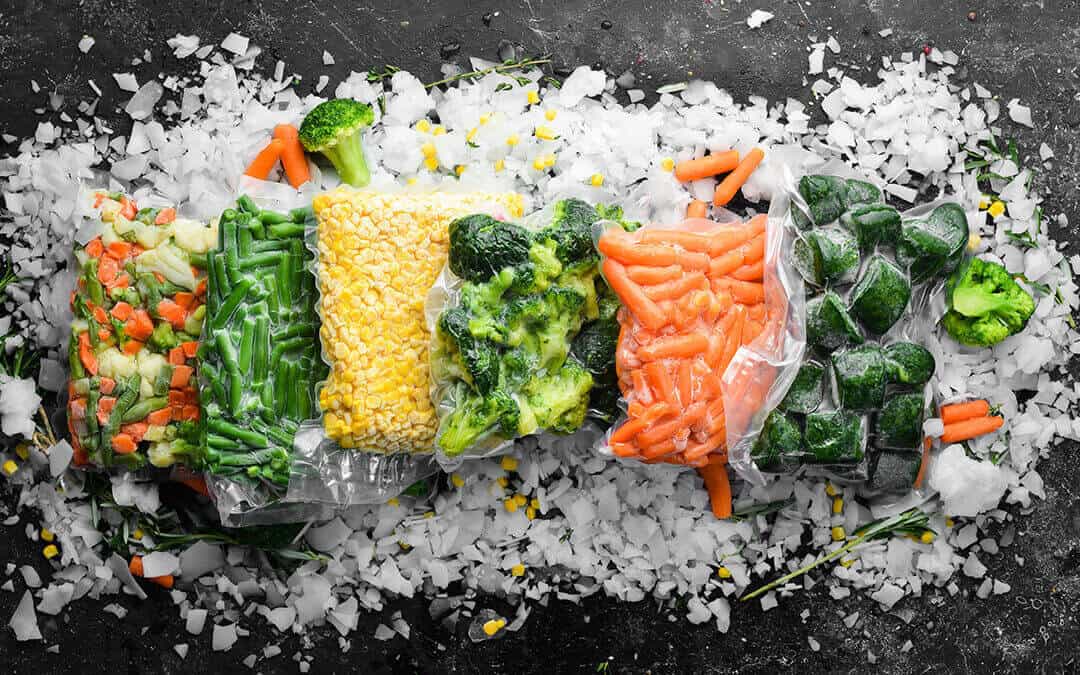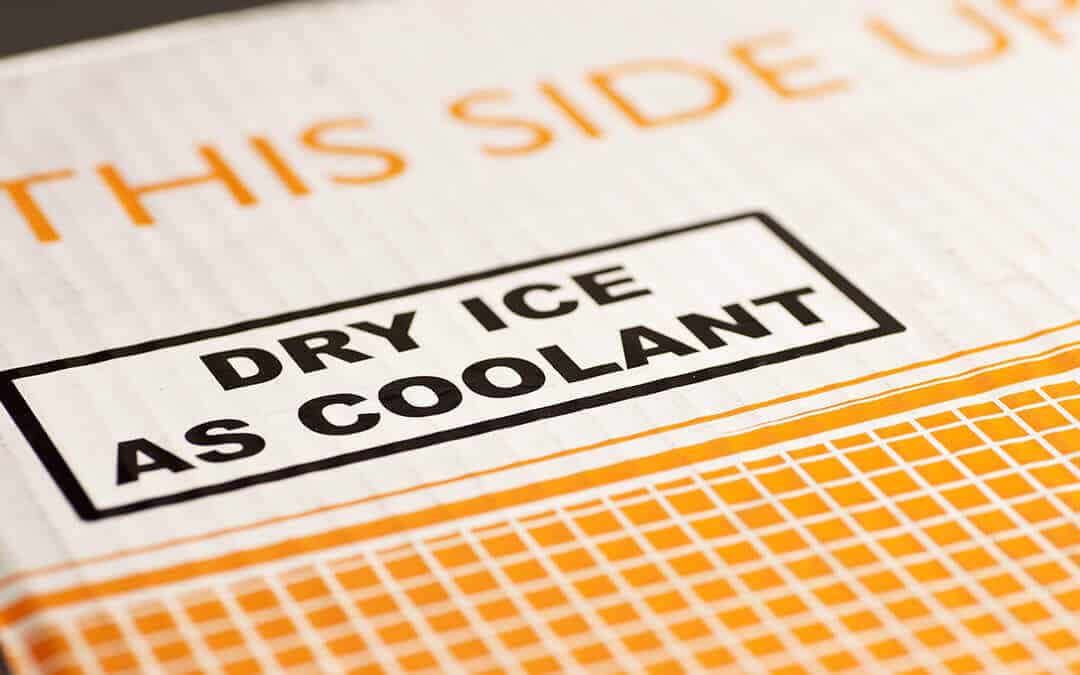Carbon dioxide (CO2) has long been used across the food and beverage industry for a variety of cooling and preservation purposes. However, since the pandemic started, growing shortages of carbon dioxide have been threatening shelves of frozen meals, meat and carbonated drinks. But what food items use CO2, why do the shortages occur, and what can be done? Here’s what you need to know.
Industry Uses of CO2

Widely used throughout the food and beverage industry, CO2 is a crucial component for delivery, refrigeration and the storage of fruit and vegetables. CO2 is used in concentrations along with oxygen and nitrogen to regulate the temperature and humidity during storage and transportation, helping items stay fresher for longer. The versatile gas is also commonly used for:
- The humane slaughter of livestock
- Keeping products fresh during long or home deliveries with the use of dry ice (solid CO2)
- Carbonating soft drinks and beers
- Extending the shelf life of food and drink products, like salads, fresh meat, and dairy
Healthcare is another industry that uses CO2 frequently. Commonly used during laparoscopic surgery — as well as for freezing off warts, moles, and skin tags — CO2 is also used for the refrigerated transportation of medicines and supplies. Overall, CO2 has proven to be a helpful gas in a variety of industries. But the situation is starting to change.
CO2 Shortages

Since the start of the pandemic, the CO2 supply chain has been tight. Pre-COVID, shortages of CO2 did occur, but only for short durations and mostly due to tight turnarounds and unexpected equipment failure. But since COVID, impacted regions have been occurring more frequently — and for a variety of reasons that are often out of direct control.
Reduced capacity, lack of staff, and plant shutdowns have been primarily to blame for the growing CO2 shortages. When the pandemic began, all industries were hit hard, but especially those that relied on in-person labor. In 2020, the U.S. began to see CO2 shortages after plant shutdowns resulted in a drop in production. Many plants also had to suspend production due to soaring energy costs as global gas prices spiked, creating more shortages. And with plant shutdowns came layoffs and a reduced amount of in-person work, further aggravating CO2 shortages and making the once-common gas difficult to obtain for industries that rely on it.
Alternatives to CO2
With uncertainties regarding CO2 supply, some food and beverage companies have switched over to nitrogen, particularly those in the meat industry. Widely available, nitrogen can be used as an alternative for some processes where CO2 is currently used. For one, nitrogen is already trusted within the food and beverage industry as a CO2 alternative to removing oxygen from packaged goods, including beer. Nitrogen is also a great alternative to purging tanks and pressurizing kegs, bottles, and cans.
As a gas, nitrogen is more sustainable than CO2. Replacing a portion of CO2 with nitrogen can significantly reduce a company’s carbon footprint. Nitrogen also costs less than CO2 — a lot less. CO2 can cost more than 50 times the amount of nitrogen, especially if there are shortages or if you’re in a remote area that may be hard to reach. With the difficulties in obtaining CO2, more and more companies are turning to nitrogen to help secure their supply chain and keep their businesses moving.
Right now, CO2 supply levels are stable, but with no major volumes of production scheduled, CO2 demand continues to grow while supply stays the same — or even dwindles. But at CalOx, we’ve been reliably supplying carbon dioxide (CO2) to restaurants in Southern California for more than 80 years. With assets ready to go, including standard and custom mixtures of USP; beverage- and food-grade concentrated CO2; custom mixtures with CO2 and air, helium, hydrogen, or nitrogen; plus everything you need to safely store and use CO2, we have the consistency you need in an inconsistent market. And if you prefer nitrogen instead of CO2, we have that available too. Whatever gas you use, however you use it, contact us today for your free quote!
Sources:
https://www.gasworld.com/us-co2-supply-is-the-situation-improving/2022416.article
https://www.walesonline.co.uk/news/uk-news/what-food-items-use-co2-21630502
https://www.scotsman.com/business/consumer/what-is-co2-used-for-in-the-food-industry-and-is-there-a-carbon-dioxide-shortage-in-the-uk-3392412
